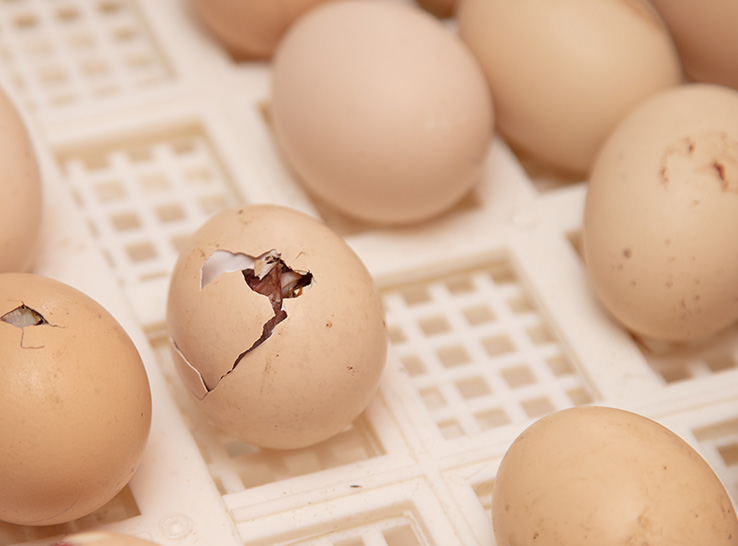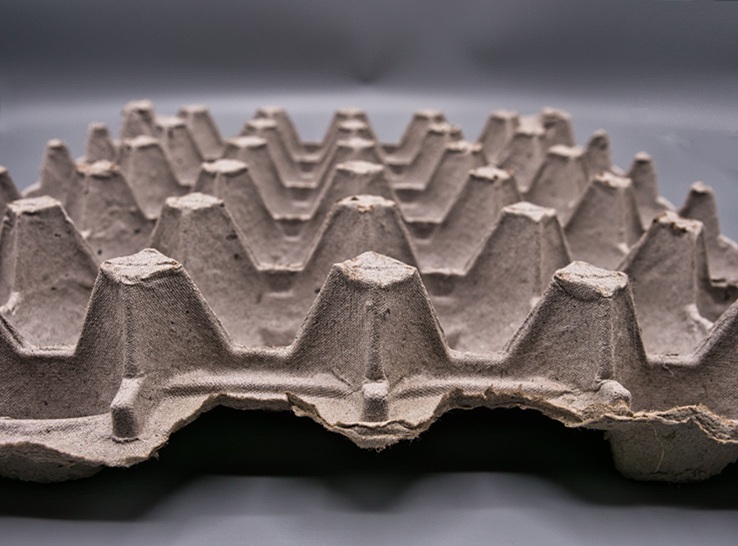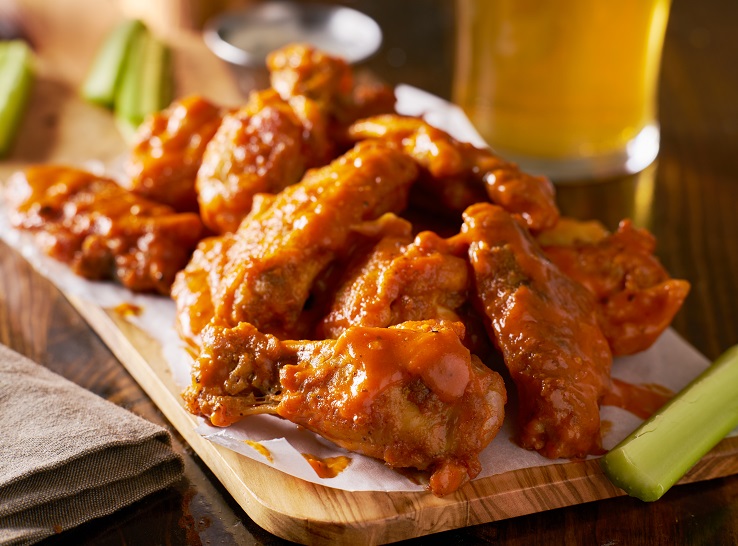From the hatchery where meat (or broiler) chickens are hatched, to the barns where chickens are raised under the watchful eye of farmers, to processing, distribution and ultimately local markets and restaurants, chicken makes quite the journey to the consumer’s table.
“Educating consumers about the production process — particularly the life of the broiler chicken and how and where it’s raised — is critical for earning consumers’ trust and confidence,” says Tom Super, senior vice president of communications for the National Chicken Council (NCC).
That led him and his colleagues at NCC to develop an interactive 360° Virtual Reality (VR) Tour that transports viewers straight to the hatchery, farm and processing plant.
“Our 360° Virtual Experience offers a behind-the-scenes look at every step of a broiler chicken’s life,” he added.
“They’ll see baby chicks hatch. They’ll be able to look around a chicken house and see chickens roaming, eating, and drinking water. They’ll learn important facts about how chickens are raised. And finally, they’ll see how chickens are processed and distributed to markets and restaurants across the United States,” Super said. “Most important, they’ll get to meet some of the people who work at these different stages of production.”
Understanding VR tours
Super explained that 360° Virtual Reality videos are recorded in every direction at once. Viewers are able to watch the video in a traditional manner from a two-dimensional perspective. But unlike passively watching, the video can now rotate to see up, down, front, back, and side-to-side from the original starting point. As the video moves, the experience changes according to the user’s requested perspective.
Hatchery
Chickens begin their life in hatcheries, where fertilized eggs (not table eggs) are incubated and hatched into chickens that are raised for meat. These kinds of chickens are called “broiler” chickens.
Broiler chicken farm
Once the chicks are hatched, they are transported to local farms where chickens are raised under the watchful eye of farmers and veterinarians until they are big enough to be sold for meat.
Processing plant
When chickens are big enough to be sold for meat, they are transported to the processing plant where they are humanely slaughtered and processed. The chicken ultimately goes to consumers’ local markets or restaurants.
Editor’s note: Content on Modern Poultry’s Industry Insights pages is provided and/or commissioned by our sponsors, who assume full responsibility for its accuracy and compliance.








